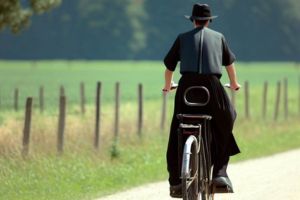For self-reliant folks, obtaining and keeping access to off-grid utilities is critical if you want to be prepared for the worst situations possible.
Luckily, one of the most critical resources, water, is also the easiest to obtain totally off-grid by the use of rain-catching systems.
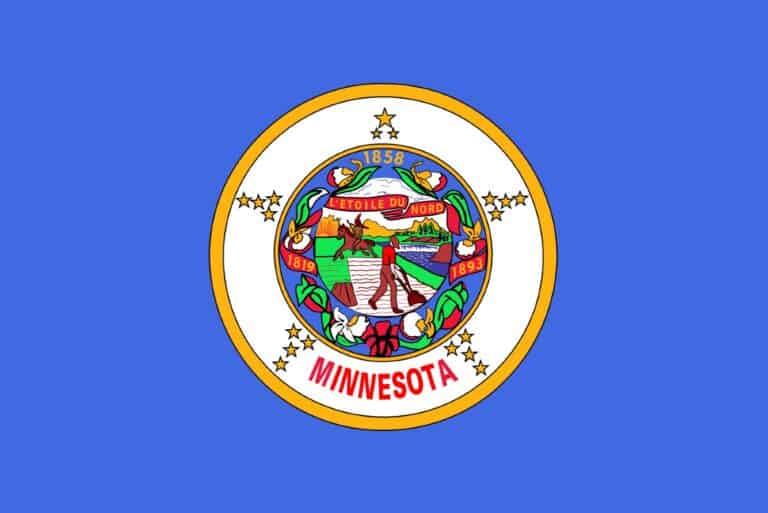
These systems can supply hundreds of gallons of water from just a passing storm. But, as hard as it is to believe, collecting rainwater is not always legal, and in some states it is heavily regulated.
How about Minnesota? Is it illegal to collect rainwater in Minnesota?
No, it isn’t illegal to collect rainwater in Minnesota though setting up your own system will require you to get permitted and adhere to Minnesota board plumbing codes. Minnesota has its own plumbing code which is not uniform with international standards, making this trickier than it has to be.
The good news is that you can harvest rainwater for non-potable purposes in Minnesota, but the bad news is you’ll have to go through a proper dog and pony show trying to check all of the boxes required for the Minnesota plumbing board to get your permit.
It’s not great, but at least it’s possible. I’ll tell you everything else you need to know about Minnesota’s rainwater collection laws below…
Is Collection of Rainwater Illegal at the State Level in Minnesota?
No, collecting rainwater is not illegal at the state level in Minnesota as explained in Minnesota Administrative Rules 4714.1602.
However, as previously mentioned, the implementation of any rainwater harvesting systems requires obtaining permits and compliance with the Minnesota Plumbing Board, or MPB.
The MBP regulates the design, installation, and maintenance of plumbing systems including those for rainwater harvesting through the Minnesota Plumbing Code.
Minnesota law requires that harvested rainwater is used only for non-potable purposes and must be properly stored to prevent contamination.
Rainwater must also be used in a way that doesn’t cause harm to public health or the environment.
Is Collection of Rainwater Illegal at the County Level in Minnesota?
No, at least in no county I found. But, do keep in mind that county or local laws and guidelines may have additional regulations or restrictions on the collection and use of rainwater beyond what the state law imposes.
Some counties may have sharply limited or totally prohibited the installation of rainwater harvesting systems due to water shortage or contamination concerns.
You must check with your county and city or town for guidelines before buying equipment and implementing a rainwater harvesting practice.
You may also need additional local permits beyond what the state demands: failing to do so may entail fines and charges.
Under What Conditions Can Citizens Collect Rainwater in Minnesota?
Citizens can generally collect rainwater whenever they want in Minnesota so long as they have an inspected and permitted system for the purpose.
Something to bear in mind is that, despite the state allowing “at will” collection for approved…
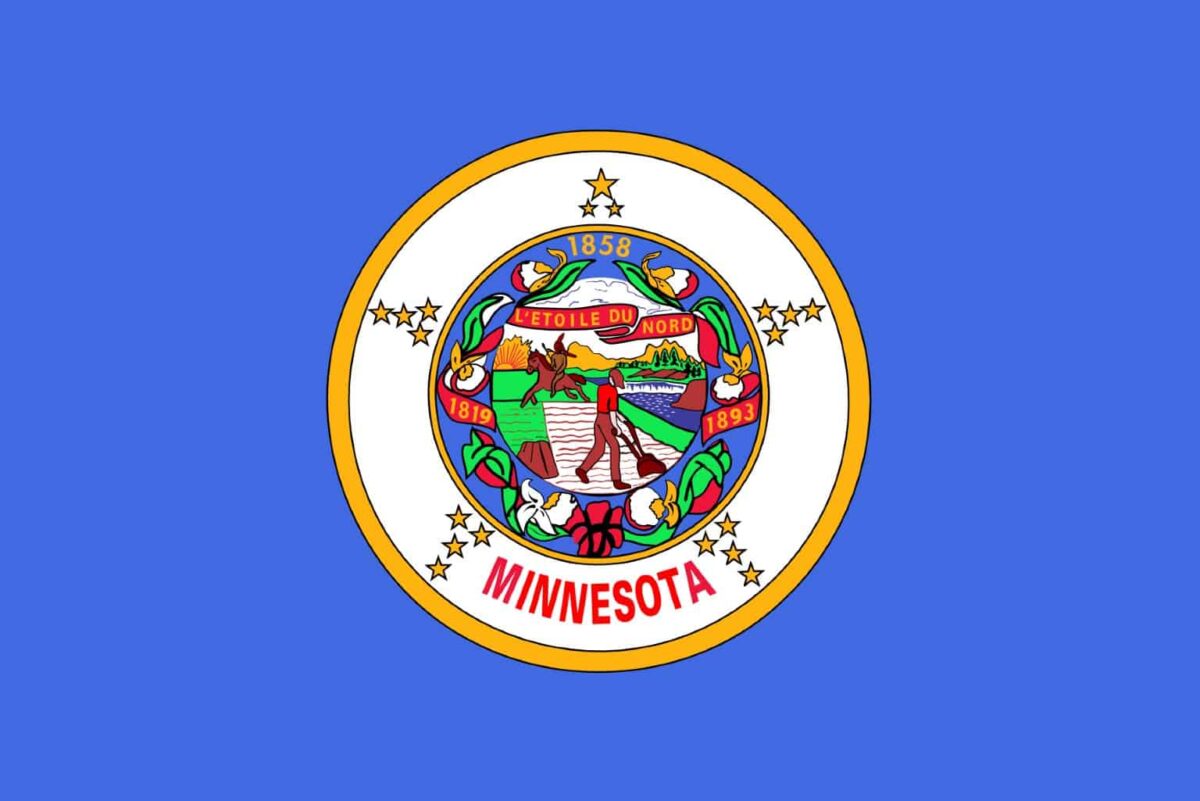
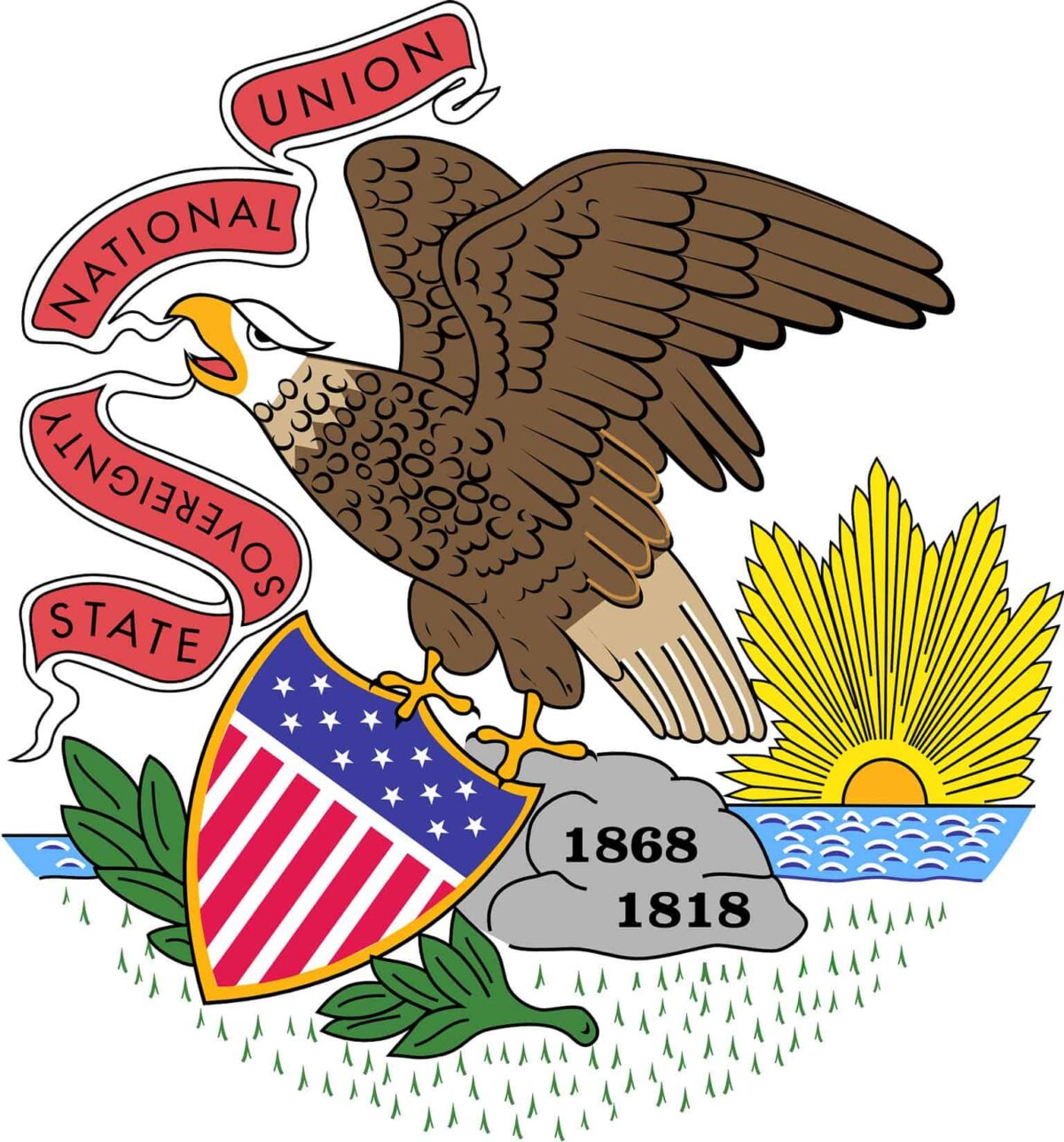
 the flag of Illinois
the flag of Illinois 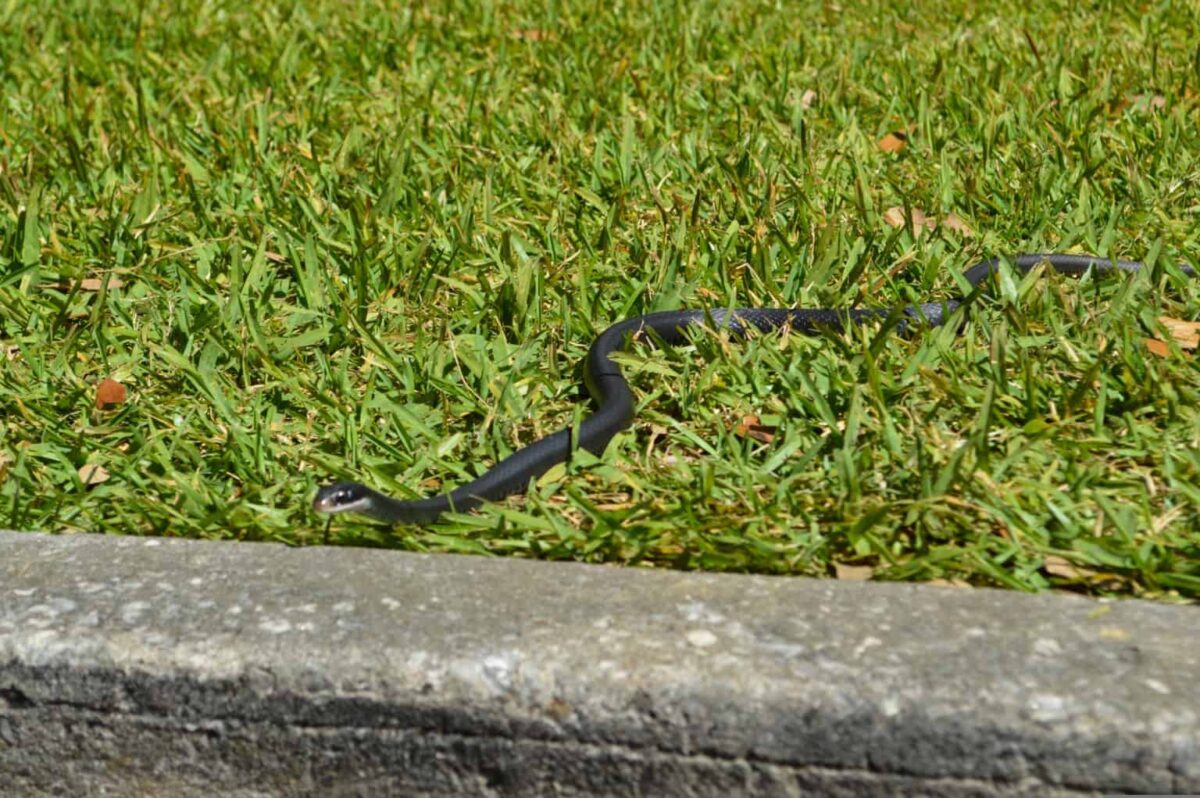
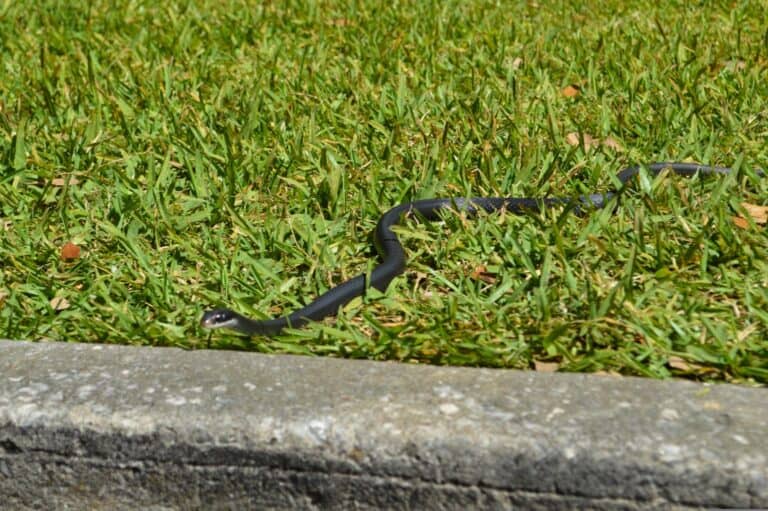



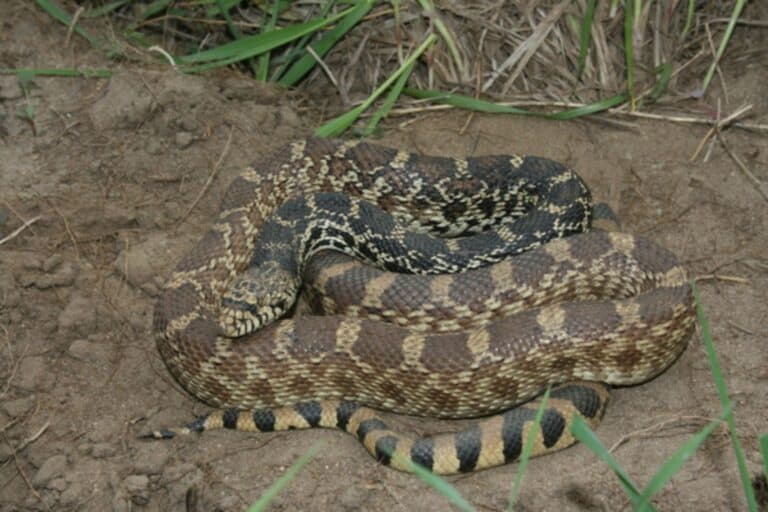
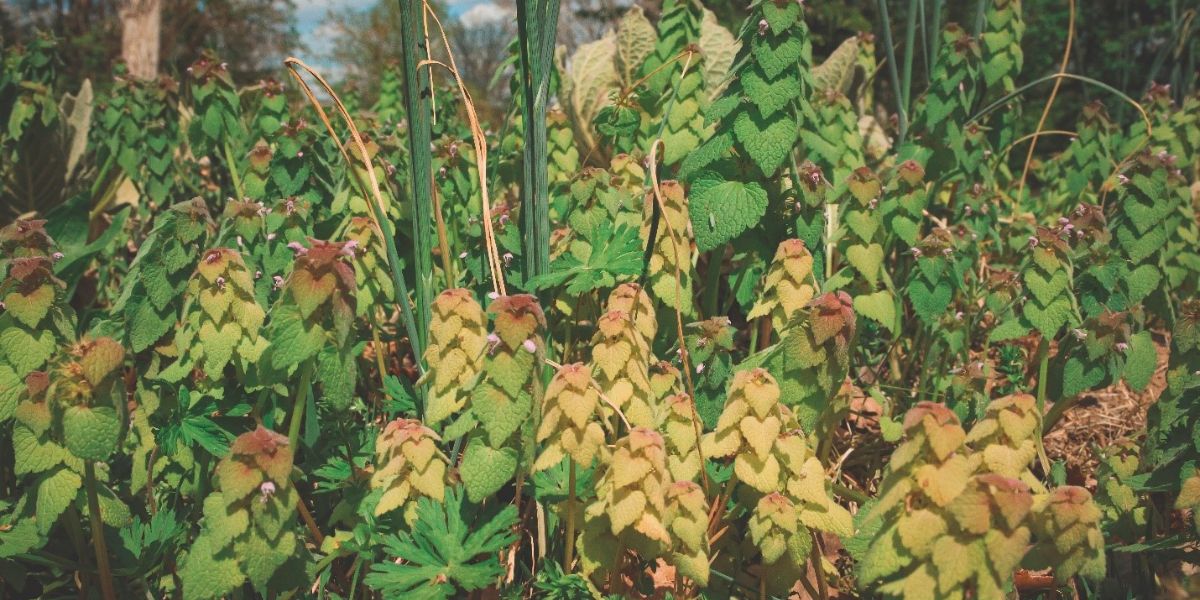
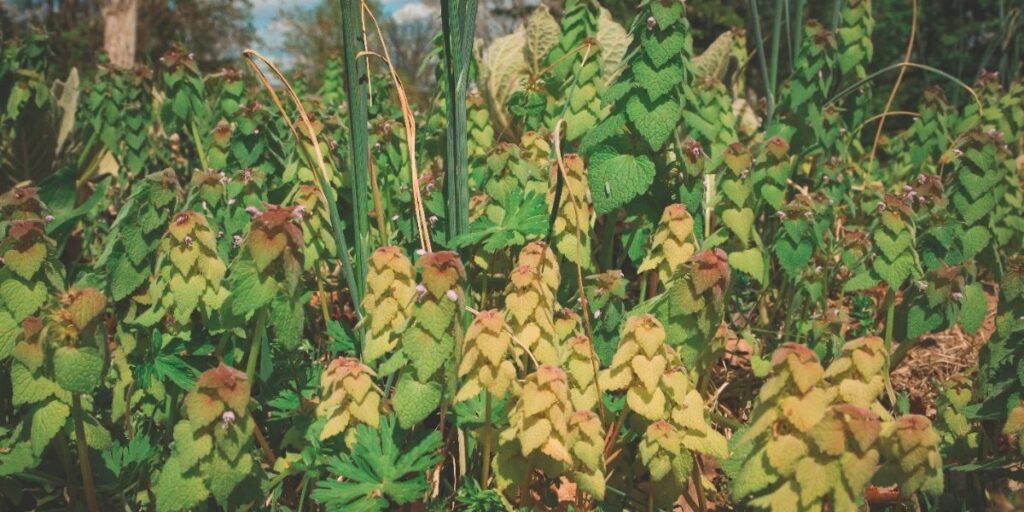
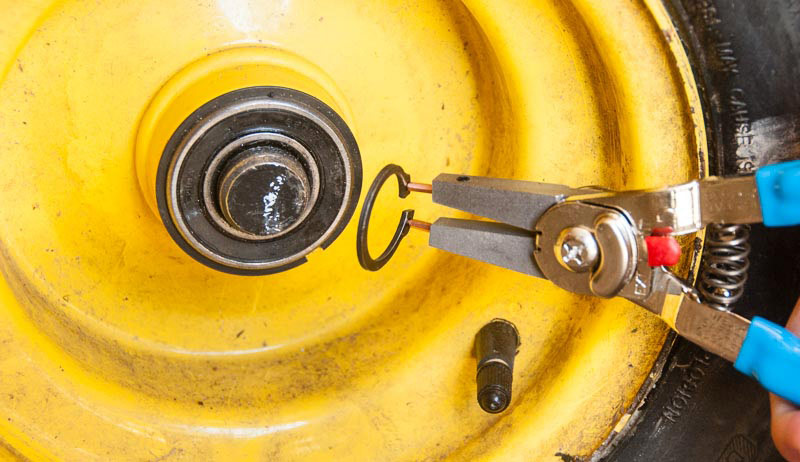


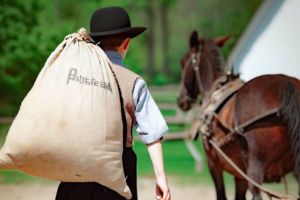 A local Amish boy named David was hefting 50-pound bags of horse feed into my truck from his father’s farm business.
A local Amish boy named David was hefting 50-pound bags of horse feed into my truck from his father’s farm business.